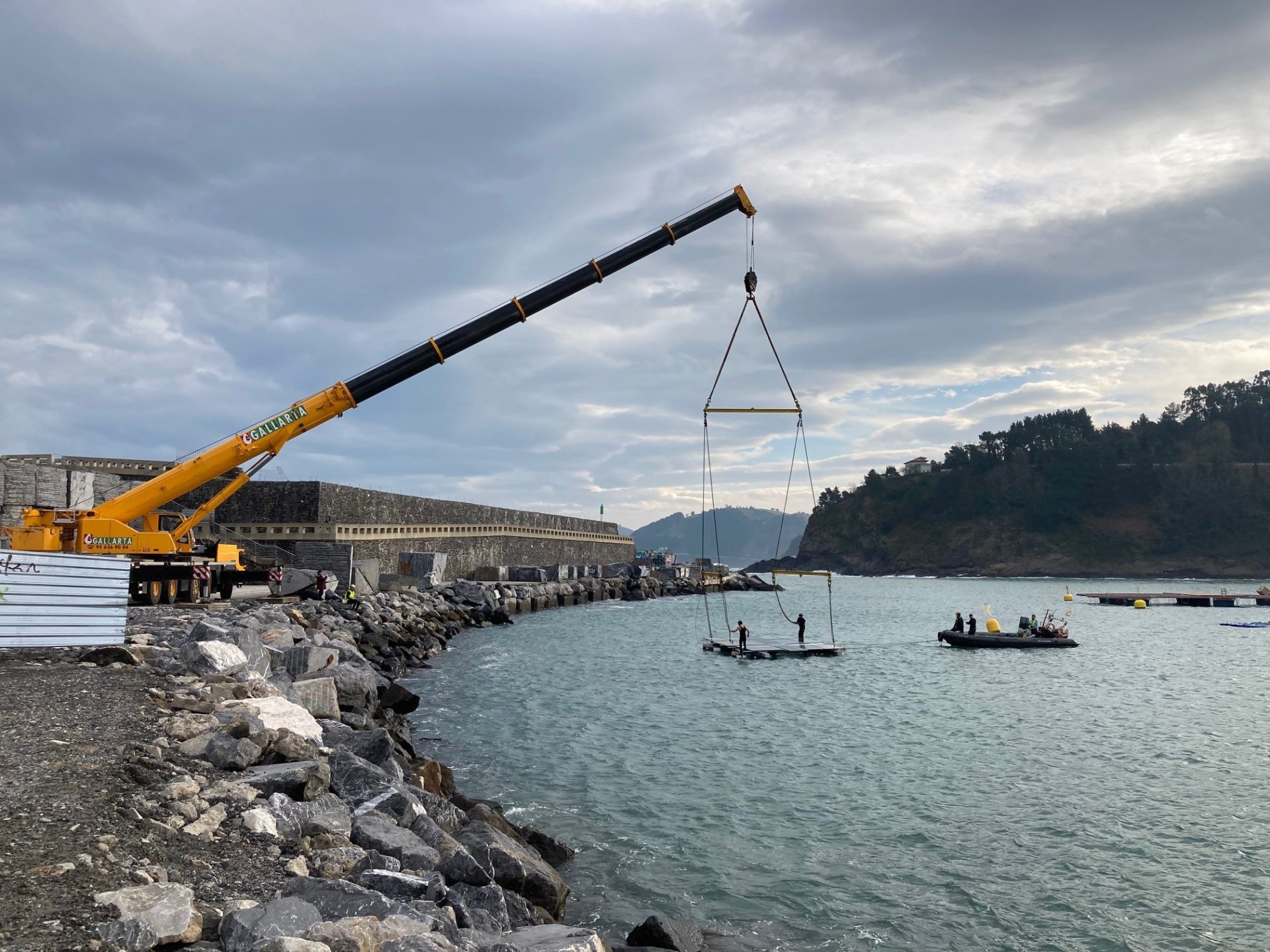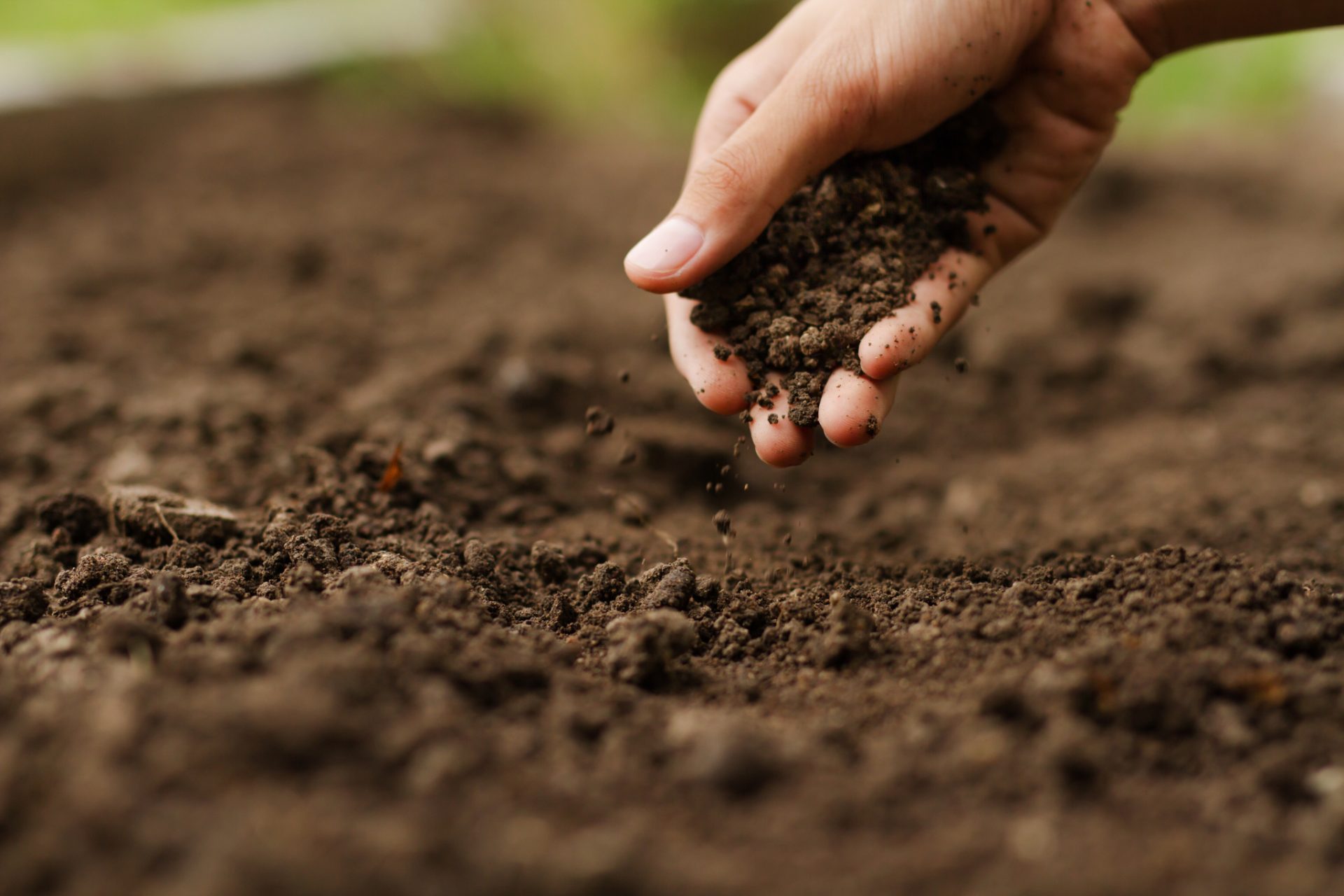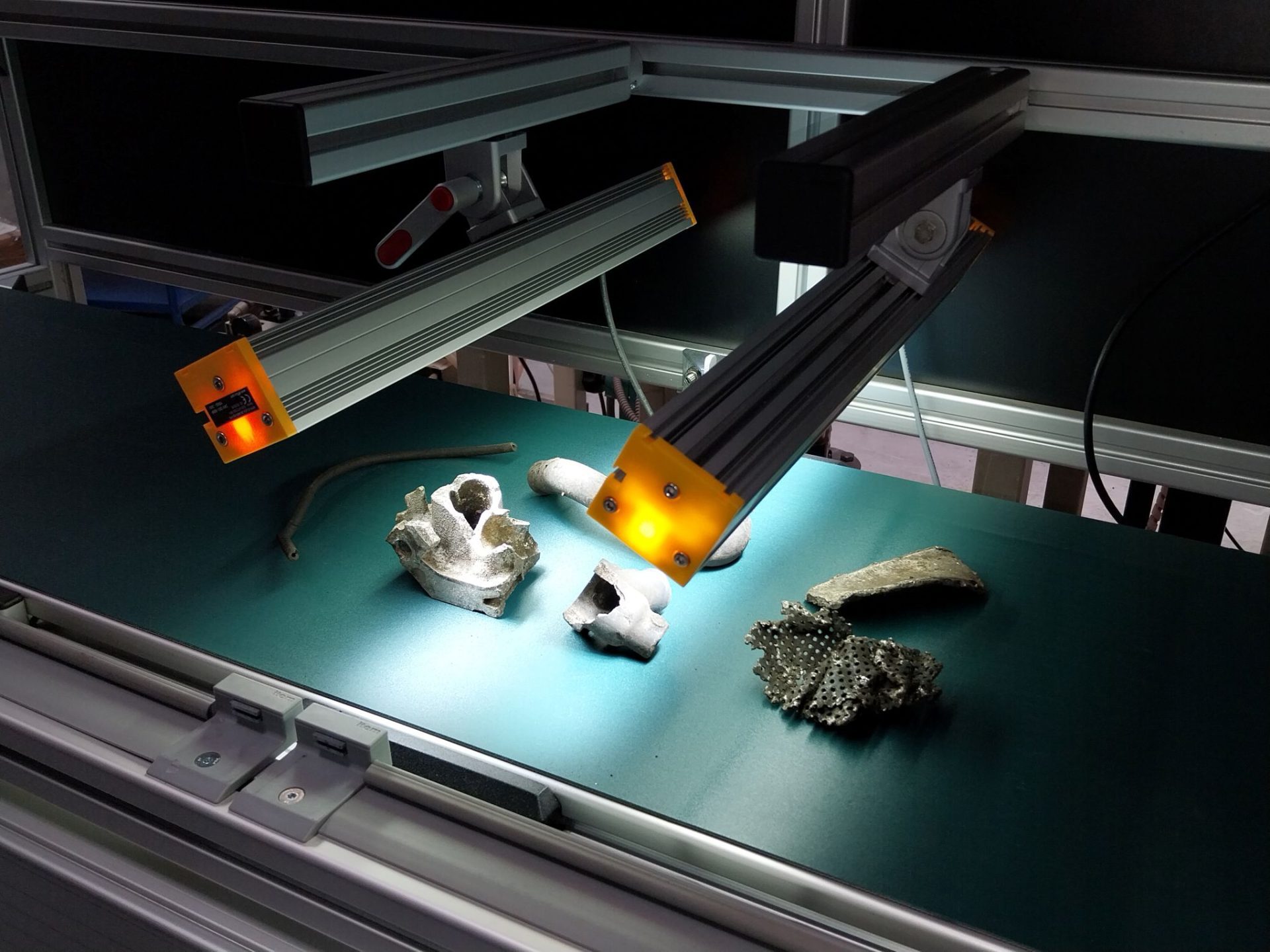Smart grazing: a digital response to new demands in the dairy sector

The NEIKER technology centre is part of the LARRESNE operational group, which seeks to promote the digitisation of livestock farming, improve herd management and strengthen product traceability
The initiative incorporates RUMI, a real-time monitoring system developed to record livestock activity and improve grazing control
The tool seeks to facilitate the daily management of livestock farms and support decision-making through individual, continuous and reliable data
The agri-food sector must respond to new consumer demands that focus on sustainability, animal welfare and social responsibility. Consumers are looking for food that guarantees quality, traceability and respect for the environment, but current certifications do not always allow for objective verification that animals are actually grazing, i.e. feeding directly on grass. This scenario highlights the need to develop digital solutions capable of monitoring livestock and controlling grazing activity, providing reliable information for both farmers and the market.
This is the context in which LARRESNE emerged, an operational group comprising companies, technology centres and entities from the agri-food sector, with the aim of advancing the digitalisation of the livestock sector, improving herd management and strengthening the traceability of products from grazing.
Among its members is the NEIKER technology centre, an entity dependent on the Basque Government’s Department of Food, Rural Development, Agriculture and Fisheries, which plays a prominent role in the initiative through the scientific validation and adaptation of the technological solutions applied on farms.
A smart collar
Among the solutions proposed by LARRESNE is RUMI, a smart collar that combines GPS and an accelerometer to continuously record the location and activity of animals while grazing. The device has a solar panel that provides autonomy, avoiding the need for constant battery changes and ensuring that animal monitoring is continuous and reliable even on large farms or with animals grazing in remote areas.
‘The device collects information that allows the activity of the animals to be determined: whether the animal is grazing, ruminating, resting or moving around the pasture. This information is transmitted in real time to an application, making it easier for farmers to monitor each animal individually and plan the daily management of their work,’ explains Nerea Mandaluniz, a researcher in the Animal Production Department at NEIKER.
The tool is optimised for cattle and will be used at LARRESNE on a dairy farm. It will also be tested on Latxo sheep, adapting the technology to the specific characteristics of each sector. In the case of cattle, the RUMI system has already been validated by NEIKER and allows farmers to receive immediate information on oestrus, calving and possible health and welfare issues. This continuous monitoring makes it easier for farmers to organise their tasks, allows them to anticipate different events and contributes to improving animal welfare. It also opens up the possibility of certifying pasture-fed milk, providing traceability, differentiation and transparency for consumers.




